Design and architecture in the Arctic is explored in a new exhibition now on at the Hong Kong Design Institute. Christie Lee writes.

October 29th, 2015
Top image: Differential Enclosure. Photo by David Garcia
Frigidly cold, expansive and replete with heavy white snow, the Arctic has always been a mystery for many.
Organised by the Hong Kong Design Institute, Hong Kong Institute of Vocational Education (Lee Wai Lee) and the Royal Danish Academy of Fine Arts, School of Architecture, The Arctic group exhibition in Hong Kong brings us a step closer to understanding this largely untamed region.

Light Harvester. Photo by David Garcia
Comprising prototypes, videos, infographics and images, the exhibition came out of a three-week expedition to the Arctic in 2014, which was led by David Garcia, a professor at the Royal Danish Academy.
During the expedition, 28 students from the Architecture and Extreme Environments programme were each asked to conceive of a project that explored the design and architectural potential of a pristine yet wildly erratic environment.
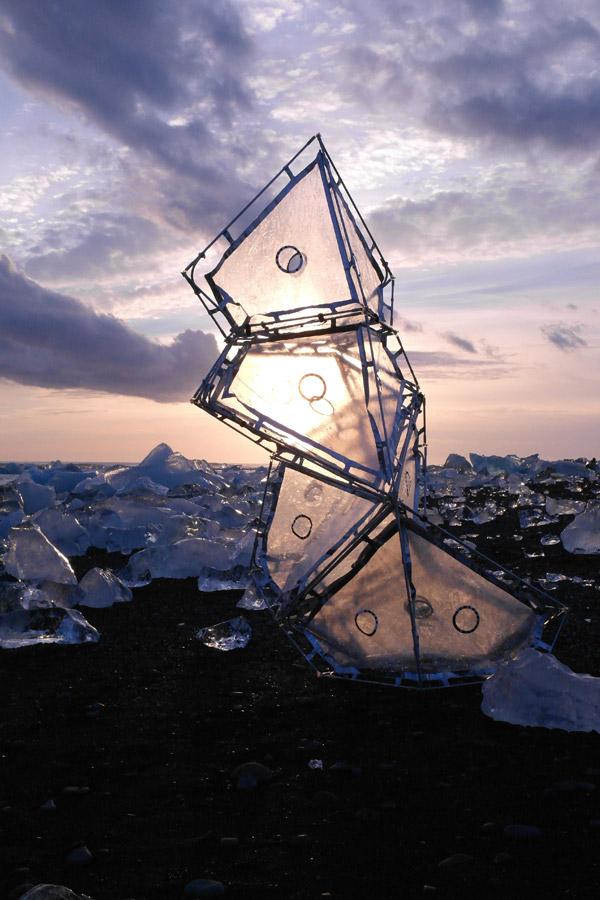
Steam & Light. Photo by David Garcia
“[The exhibition] describes a teaching methodology and creates awareness towards the practice of design and architecture, its strengths and flaws. It also presents a territory that is distant and extreme, but important to everyone,” explains Garcia.
Indeed, The Arctic goes beyond the realm of pure problem solving for one that balances function with aesthetics.
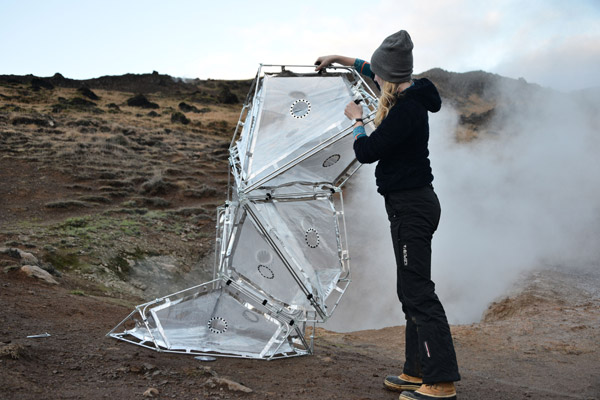
Steam & Light. Photo by David Garcia
A highlight is Anita Eriksen’s “Steam and Light – Study of Water’s Architectural Potential”. Inspired by the beauty of geothermal power, the installation comprises seven stacked cubes. When both light and geothermal steam are introduced, the latter diffuses the former, giving more substantial form to the otherwise invisible steam.
A second exhibit explores ways of preserving human body warmth – by converting it into electricity that can be used for other purposes – and yet a third features an artificially-moulded ice shell that is used as temporary shelter against extreme conditions.
In exploring the potential and dangers of building in untamed locales, The Arctic also asks the question – should architects take up the responsibility of ensuring that the pristine, unspoiled environment of the wild be kept?
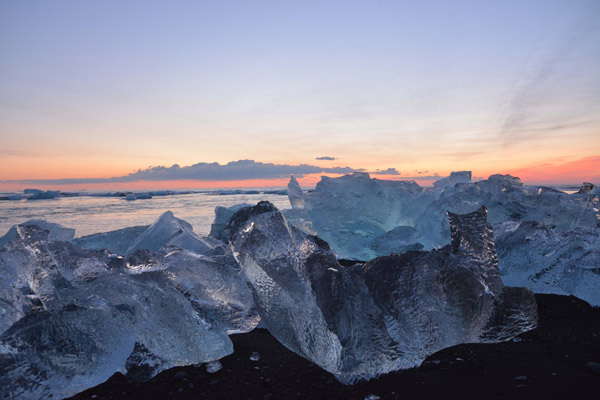
The Arctic. Photo by David Garcia
Garcia notes that “research can and should be as low impact as possible, but the minute we decide to inhabit and settle, the impact is unavoidable. Towns and cities have a large impact in their immediate environment and beyond. The question is, how can that impact be a considered one, where the resulting legacy of a settlement can be as balanced as possible?”
The Arctic runs through 22 February 22 2016 at C002 – Experience Center, Hong Kong Design Institute and Hong Kong Institute of Vocational Education (Lee Wai Lee).
INDESIGN is on instagram
Follow @indesignlive
A searchable and comprehensive guide for specifying leading products and their suppliers
Keep up to date with the latest and greatest from our industry BFF's!

Sydney’s newest design concept store, HOW WE LIVE, explores the overlap between home and workplace – with a Surry Hills pop-up from Friday 28th November.
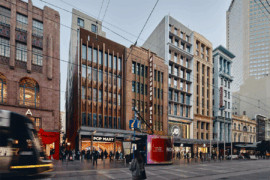
Merging two hotel identities in one landmark development, Hotel Indigo and Holiday Inn Little Collins capture the spirit of Melbourne through Buchan’s narrative-driven design – elevated by GROHE’s signature craftsmanship.
The internet never sleeps! Here's the stuff you might have missed
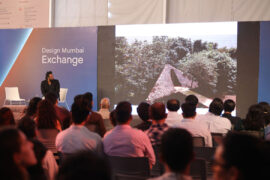
Design Mumbai has concluded its second edition, reinforcing its position as India’s leading international showcase for contemporary design.

Boronia Apartments in Waterloo, designed by TURNER for City West Housing, delivers 74 affordable rental homes that combine sustainable design with long-term community-focused living.
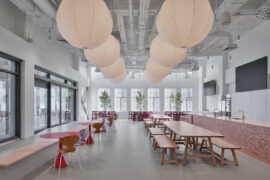
The new headquarters for Omnicom in Melbourne’s CBD sees heritage re-invigorated with style and finesse.

BLP’s new Sydney Children’s Hospital, Randwick building brings together paediatric care, family-centred design and Australia’s first Children’s Comprehensive Cancer Centre in a major addition to the Randwick Health & Innovation Precinct.